The Armory Life (TAL):Thank you for taking the time to sit down withThe Armory Life.
First, can you just introduce yourself, and what your current occupation is?
Ill keep my introduction short.

Im a proud American, infantryman and firearms collector.
Ive been working as a full-time police officer from New England for the last six years.
TAL:You served with the United States Armed Forces during the Global War on Terrorism.
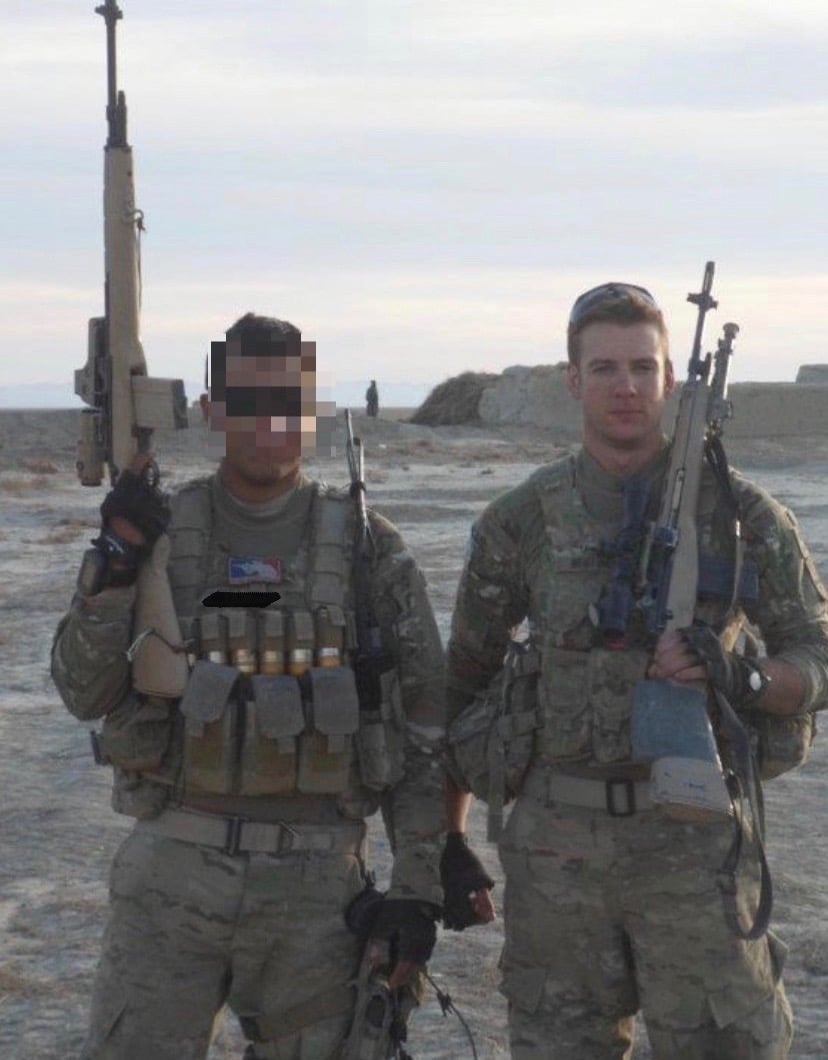
SW:I served in the U.S. Army and enlisted as an infantryman in 2010.
I served in the 172nd Infantry Brigade and 1st Infantry Division Big Red One.
I began my training as a rifleman for an upcoming 2011 deployment to eastern Afghanistan.
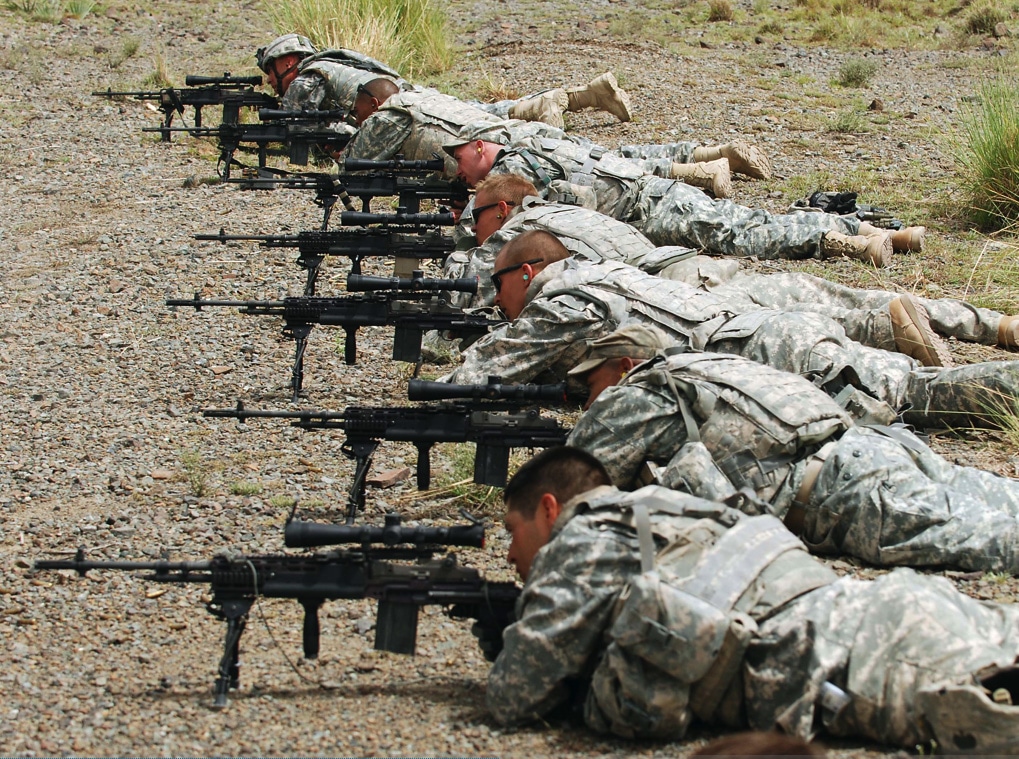
It was there that I was first introduced to the M14 rifle.
TAL:You are one of the few people I know who carried an M14 overseas during GWOT.
The unit received two XM2010 rifles that were still experimental at the time.
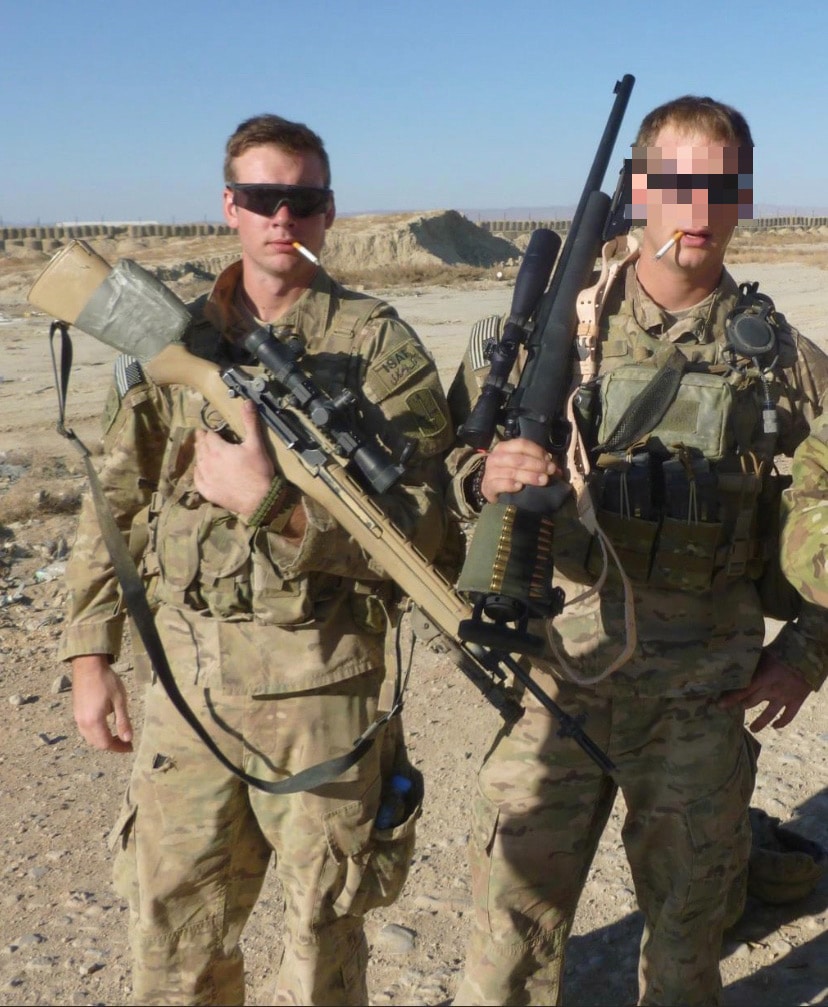
By the time we heard about them, they had already been issued to a different company.
Our newly created three-man team was unable to acquire any of the existing rifles in the unit.
We did however have an excess of M14 rifles, some in a new enhanced chassis.
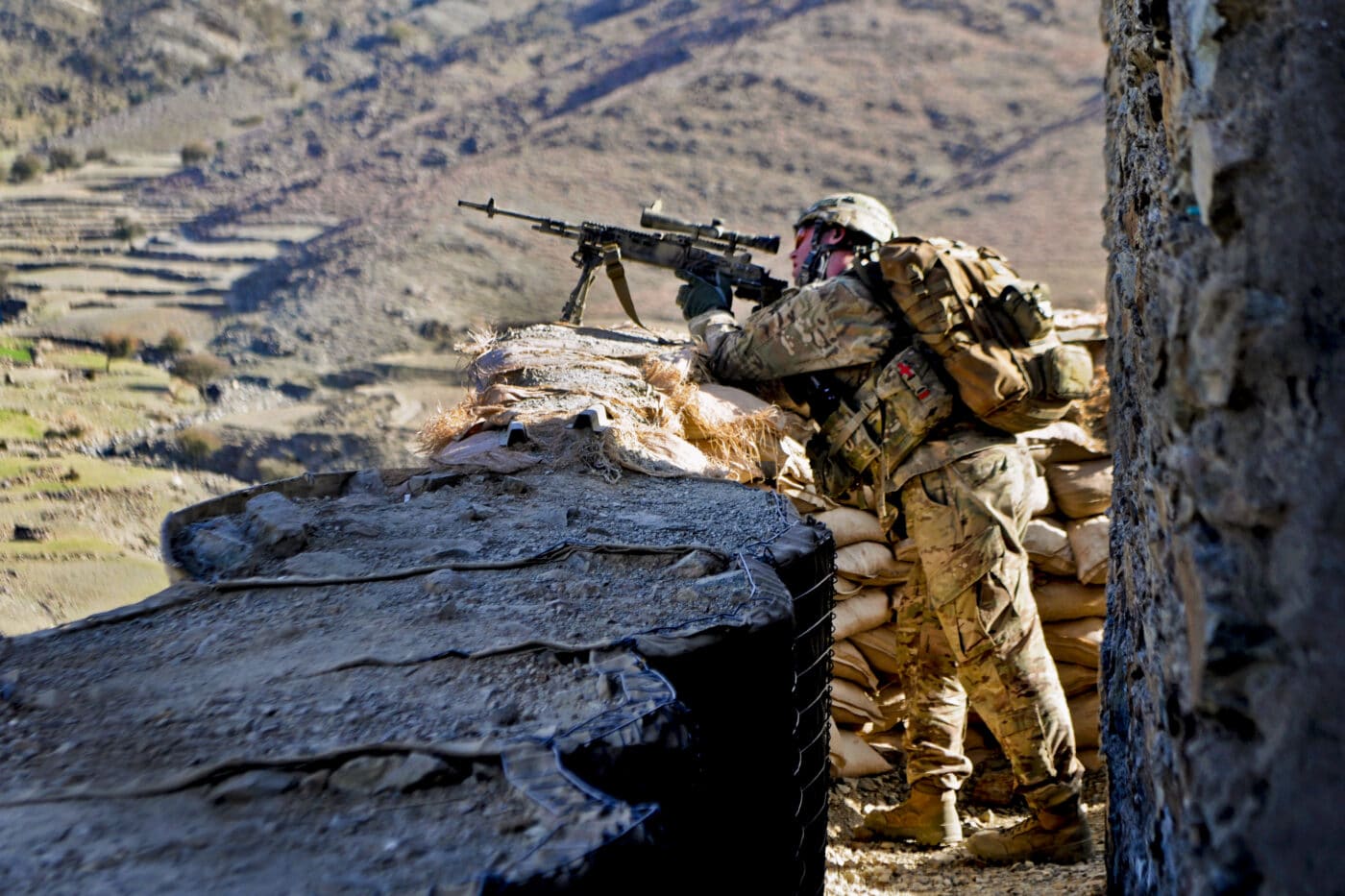
I will go through them here.
The first regards modification.
Most of the equipment located there was heavily used by past units of the then nearly 10 year conflict.
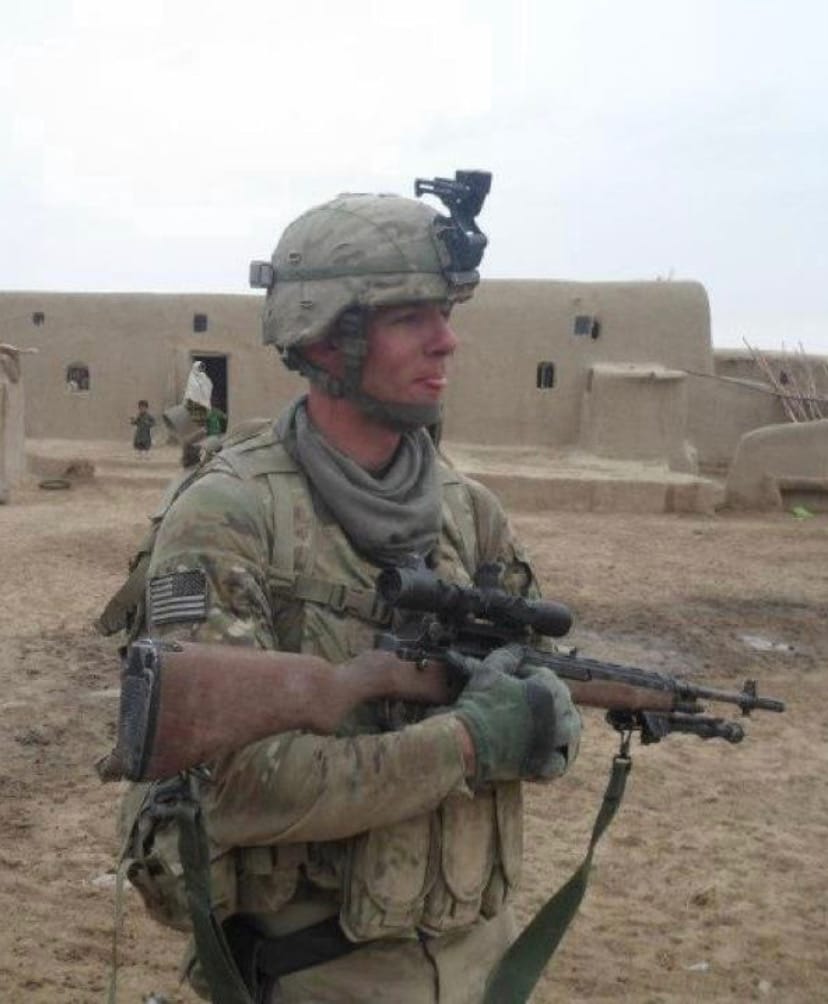
You had to do the best you could with what you had and could find.
The cheek riser was simple ammo can foam and duct tape modification.
I used my issued Harris bipods.
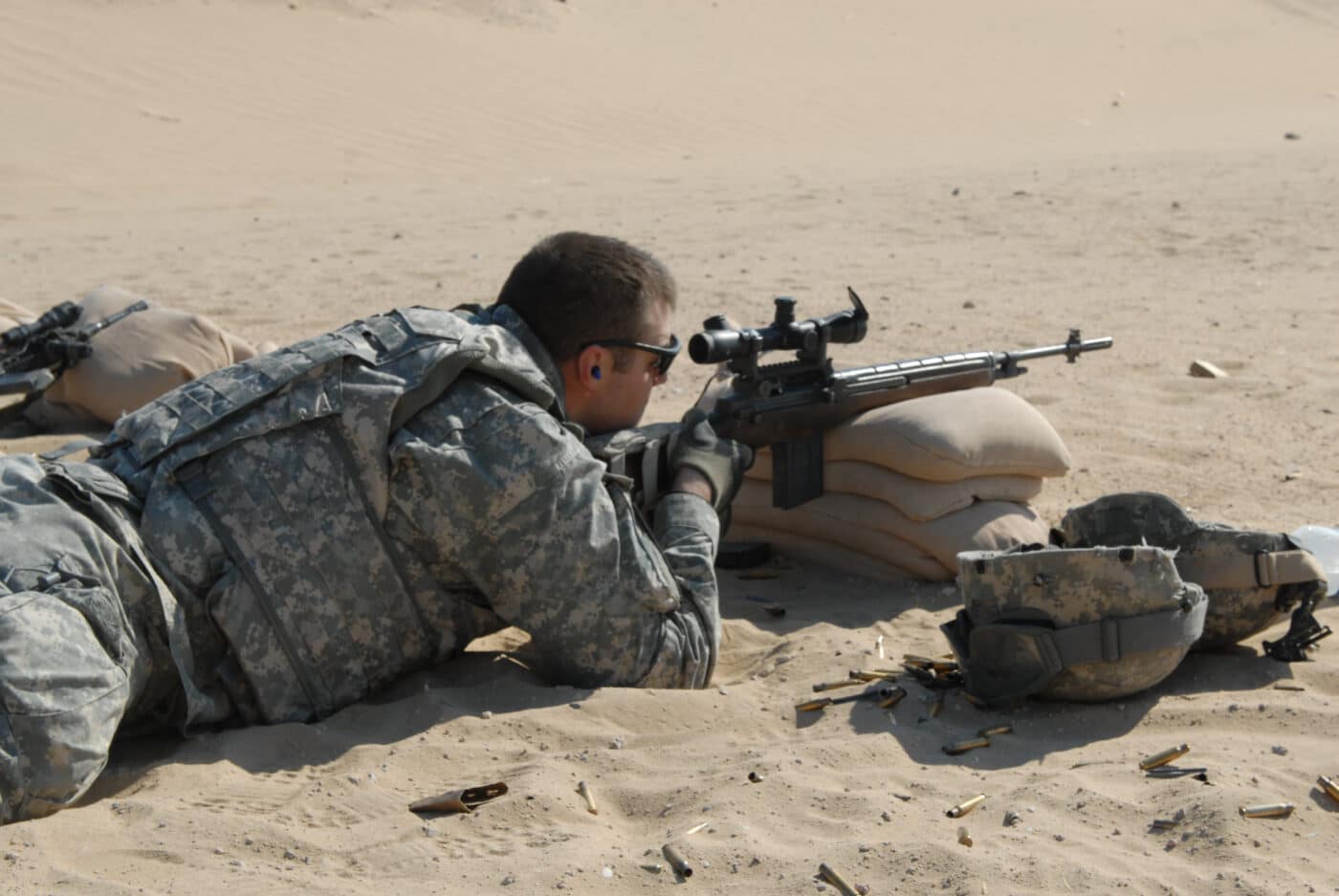
There were no supplies available for a proper stock bedding to be crafted.
But, the rifle was still quite accurate.
I located a weathered wooden stock and an uncommon vented upper handguard from the 1960s.
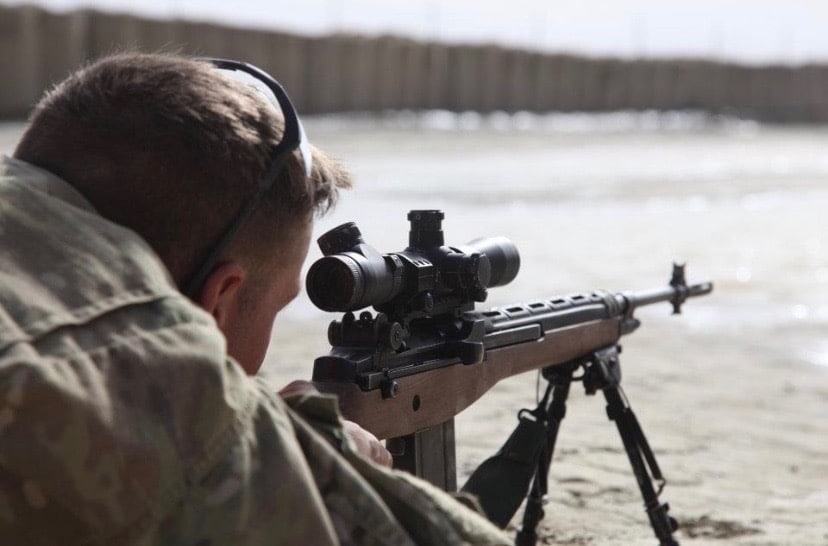
My father sent me sandpaper in a care package that I used to smooth the stock.
I used pine oil, a typical Army cleaner, to oil the wood stock.
For this rifle, I mounted an adjustable Leupold Mk4 8X scope with an illuminated reticle.

I located an ancient side-mounted rail left behind by an unknown unit.
I mounted the optic in low scope rings so the rifle did not require a cheekrest.
A GP general purpose strap was used as a sling.
After some black paint touch ups on the steel and a Harris bipod, she was mission ready.
This became my main weapon for the majority of the deployment.
The M14 in my experience is a very reliable weapon.
It required little care to function properly in the dusty environment, unlike other weapons.
Accuracy could be improved by shutting the gas valve off and manually cycling the bolt between rounds.
SW:The M14 is still certainly widely used in the Army.
Depending on the unit and command, soldiers could use the M14 in a battle rifle role as well.
Again the decision, as most things in the Army, is completely at the discretion of the command.
SW:While using the wood stock I did not experience any issues with it visibly warping.
There is, however, no doubt in my mind that it was warped in one way or another.
The wood was very old, most certainly Vietnam-era and far from perfect.
It was also not bedded.
Luckily, the climate in Afghanistan was mostly arid.
Even so, it was still quite accurate and maintained a good zero.
TAL:How did you like using an EBR Chassis, if you used one?
SW:I touched earlier on the EBR chassis and one of its issues for me.
That being said, I know it was designed for use in special operations.
Im sure it was successfully deployed by many other soldiers with greater skill and experience than my own.
Virtually the entire rifle is a quad rail after its bolted on with nearly a dozen machine fasteners.
It provides a stable platform to mount night vision forward of the optic as well as a PEQ.
I can say from personal experience the EBR rifle could easily and consistently strike steel at 800 meters.
TAL:Any reliability issues in those harsh conditions?
SW:I have been asked questions about the reliability of the M14 many times.
I saw numerous weapons fail due to the amount of dust and dirt they were exposed to.
The M14 was not one of these weapons.
TAL:Do you think a heavier and larger caliber made it easier to shoot further distances?
Did fighting in the Middle East produce further engagements for you?
SW:I think the larger round of the M14 gave it the edge over smaller-caliber rifles.
Thats not to say its better or worse, but for this particular environment, bigger was better.
This was true for machine guns as well.
I felt7.6251 was just more capable at farther rangesthan the 5.5645.
Eastern Afghanistan consists of vast plains and high mountains.
There was very little vegetation in my particular sector.
All weapons required re-zeroing upon reaching Afghanistan due to changes in environment and elevation.
The target I used to do this was a small diameter steel wheel on an abandoned vehicle.
The vehicle was located 500 meters outside the outpost.
TAL:How was accuracy?
First being, how old is this rifle and what is its round count?
All of these rifles were formerly fully automatic and converted over their long service life to semi-automatic fire.
What stock is being used and is it bedded?
Is the ammunition match-grade, down to smaller details like torque specs.
Its reasonable to assume none of these rifles were sub or even 1 MOA rifles.
That being said, accuracy was not being rated based on group size with these rifles.
The rifles were typically zeroed on a steel 20x40 human-shaped silhouette from ranges of 100 to 800 meters.
The rifles did not seem to have an issue striking steel at these ranges.
I would consider the rifle overall to be accurate to a military standard.
All things considered, I was impressed with the rifles capabilities.
TAL:What was your rifle loadout?
SW:My load-out when carrying the M14 was very simple and lightweight.
I carried an M9 on my belt for room clearing or close engagements.
An assault pack with extra ammunition, food and a water source was always essential.
It was as light as I could make it purposefully.
TAL:Overall, what are your thoughts of using such an old design in modern combat?
SW:I think this question is perfect to finish this up.
Its 5.56 successor, the M16, was adopted roughly six years after the M14.
Both heavy and light machine guns still operate using WWI and WWII technology.
I believe the design of the M14 is still relevant.
I think you will see that the M14 will have many more years of service with our military.
Go to forum thread




